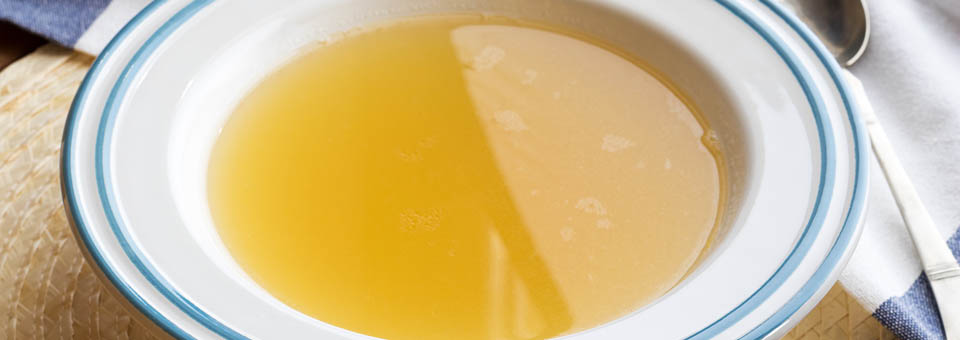You would think that when it comes to the human body, scientists know all there is to know. But they don’t.
Pain is caused when something triggers a nerve to send a pain signal to your brain.
Which is why, for years, scientists have been perplexed about a common phenomenon…
How does someone experiencing chronic pain feel “pain” when there is no obvious injury? No obvious trigger?
Researchers from Stanford University have answered that question.
It turns out that a part of your body called the “extracellular matrix” (ECM) controls the cross talk between your immune system and your nervous system.
After months of pain, changes begin to occur in your neurobiology — especially in your body’s ECM.1
This huge, recently discovered “hidden” network of “sponge-like,” fluid-filled tissues, surrounds your brain, heart, lungs and every joint in your body.
It’s largely made of proteins, like collagen and elastin.
Part of its job is to act like a shock absorber to keep tissues from rupturing, while your organs, muscles, and blood vessels constantly pump and squeeze throughout the day.
But it has other critical functions, including gene regulation, stem cell development, immune system modulation, and the regulation of the peripheral and central nervous system.
Stanford researchers discovered that chronic pain can alter the health of your ECM. They found major changes in the ECM in the hippocampus, your brain’s center for memory — which includes the memory of pain.2
But the scientists also showed that just as your ECM can be altered by chronic pain, it can also be restored to health.
Their latest research paper concludes that ECM therapies could be used to
treat the “structural factors supporting the broader pain experience.”One of the best ways to restore the health of your ECM and kill chronic pain is to boost the key nutrients that support this vital network — like vitamins C, D and K2.3,4
But one other important nutrient is so essential for your ECM, that a deficiency can cause it to seriously malfunction.
I’m talking about collagen. This protein is the basic building block of your ECM — and the chances are, you’re not getting enough in your diet.
Just as your skin and bones use collagen as their building blocks, collagen molecules pack together to form matrix-like scaffolding that provides your ECM with strength and structure.
You can get more collagen by eating wild-caught salmon, as well as eggs and avocados. But bone broth is where you’ll get the biggest collagen bang for your buck.
Soothe Away Your Pain with My Primal Chicken Bone Broth
Here’s my recipe.
Ingredients:
- 4 pounds chicken parts including bones, neck, feet and wings
- 3 carrots, peeled and coarsely chopped
- 3 celery stalks, coarsely chopped
- 1 medium onion, quartered and peeled
- 6 garlic cloves
- 1 Tbsp. whole peppercorns
- 4 Tbsp. apple cider vinegar
- 2 bay leaves
- 18-20 cups cold water
Directions:
- Place all ingredients in a 10-quart stock pot. Cover with water.
- Let sit for around 60 minutes. Bring the pot to a boil and then reduce to a simmer.
- Skim off any impurities that rise to the top. When nothing else rises to the top, add water to keep the level just above the bones.
- Simmer for 15 to 24 hours. Then turn up the heat just a bit for the final simmer-down. This will concentrate the nutrients. Let simmer for another hour or two.
- Remove from heat and allow to cool slightly. Discard solids and strain remainder through a colander.
To Your Good Health,
![]()
Al Sears, MD, CNS
References
1. Tajerian M and Clark JD. “The role of the extracellular matrix in chronic pain following injury.” Pain. 2015;156(3):366-370.
2. Tajerian, M, et al. “The hippocampal extracellular matrix regulates pain and memory after injury.” Mol Psychiatry. 2018;23(12):2302–2313.
3. Drent M, et al. “Pharmacogenetic variants and vitamin K deficiency: A risk factor or trigger for fibrosing interstitial pneumonias?” Curr Opin Pulm Med. 2018;24(3):287-295.
4. Scheiber D, et al. “High-dose menaquinone-7 supplementation reduces cardiovascular calcification in a murine model of extraosseous calcification.” Nutrients. 2015;7(8):6991–7011.

